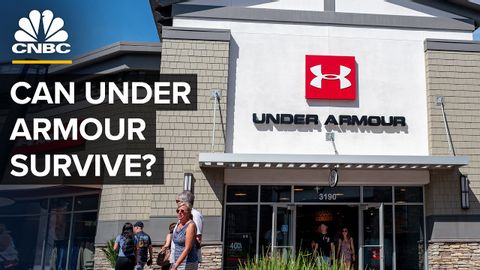在运动热潮期间,装甲如何掉落(How Under Armour Fell Flat During The Athleisure Boom)
joey joey 發佈於 2021 年 05 月 09 日  沒有此條件下的單字
沒有此條件下的單字US /pænˈdɛmɪk/
・
UK /pæn'demɪk/
- adj.(疾病)大規模流行的,廣泛蔓延的
- n.大流行病
US /ˈrevənju/
・
UK /'revənju:/
- n. (c./u.)收益;稅收;收入;稅務局;營業收入
US /ˈkætɪˌɡɔri, -ˌɡori/
・
UK /ˈkætəgəri/

